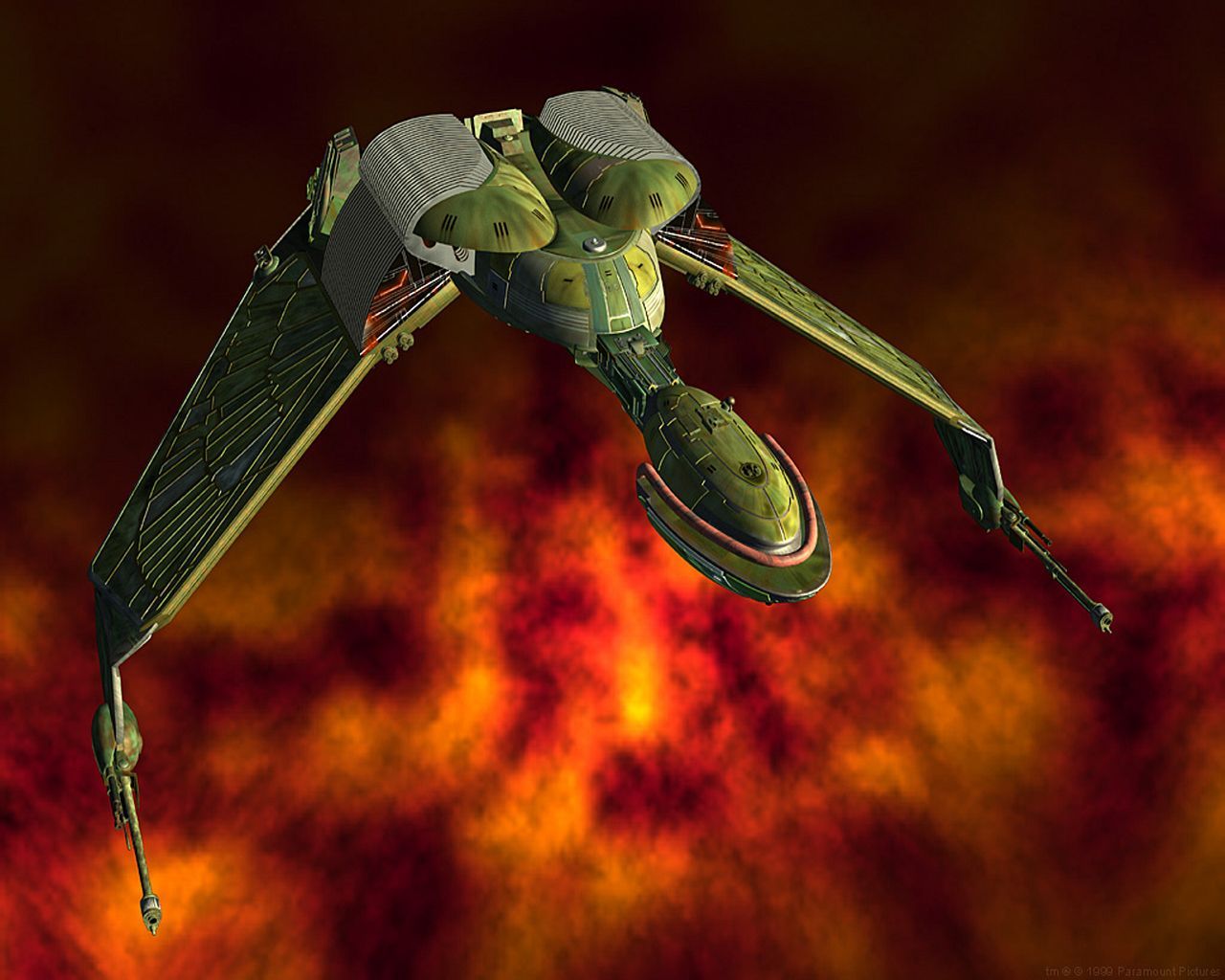The Linux Ship of Theseus
-
pick any distro and install it.
-
Then, without installing another distro over the top of it, slowly convert it into another distro by replacing package managers, installed packages, and configurations.
System must be usable and fully native to the new distro (all old packages replaced with new ones).
No flatpaks, avoid snaps where physically possible, native packages only.
EDIT: Some clarification on some of the clever tools brought up here:
chroot, dd, debootstrap, and partition editors that allow you to install the new system in an empty container or blanket-overwrite the old system go against the spirit of this challenge.
These are very useful and valid tools under a normal context and I strongly recommend learning them.
You can use them if you prefer, but The ship of Theseus was replaced one board at a time. We are trying to avoid dropping a new ship in the harbor and tugging the old one out.
It may however be a good idea to use them to test out the target system in a safe environment as you perform the migration back in the real root, so you have a reference to go by.
Easy: pick two similar distros, such as Ubuntu and Debian or Manjaro and Arch and go from the base to the derivative.
Medium: Same as easy but go from the derivative to the base.
Hard: Pick two disparate distros like Debian and Artix and go from one to the other.
Nightmare: Make a self-compiled distro your target.
I would watch a YouTube series doing this
whoever runs the channel will singlehandedly cause a worldwide antidepressant shortage
Reminds me of MattKC, a guy on YouTube who does similar stuff. He ported the .Net framework to win95. very interesting videos, if think this challenge would be exactly his type.
Not quite the same but you might like the Linux from Nothing series, building out a Linux install from first principles.
Obviously lots of linux youtubers have done videos on linux from scratch too but the step by step nature is pretty enjoyable to watch.
Hell: from macOS to WSL.
“Medium: Same as easy but go from the derivative to the base.”
I can’t quite recall, but I think I did exactly that with Ubuntu -> Debian once upon a time. I think Ubuntu was only a year or so old though, so there wasn’t a huge amount of divergence back then. As a bonus anecdote I also attempted a semi-successful build of Gentoo on a PPC Mac around the same time (nothing before or after that has compared in its level of nightmare).
To add sadism on top of masochism, tell all your friends how you did it in great detail
I have seen dozens of systems migrated from Gentoo to CentOS by live swapping the userspace and eventually rebooting into the new kernel. A hair raising experience to be sure.
I “broke” linux mint just by trying to pop KDE on, had to timeshift because it messed up my keyboard layout and a whole bunch of other things with my display.
I don’t know how people do these crazy changes without pain, and have a feeling the answer is simply “there’s pain” 😂
Reminds me of trying NsCDE… it changed a ton of settings and no other desktop looked right after that. I ended just blowing away my home folder and restoring my files
theres pain but its also very satisfying to pull this kind of stuff off. im more of a stable system kind of guy these days tho.
So, any distro to any other distro?
- Installs Fedora Silverblue
- Rebases to Bazzite
Jobs done chief!
installs ubuntu, converts to mint. bam.
The beauty of this exercise is you can make it as easy or challenging as you want just by changing the targets, and finding different combinations can keep things interesting.
I’ve done the Arch to Artix. It wasn’t hard, per se, but it took a while. I think that should be Medium, because Artix isn’t just an Arch derivative.
In fact, might I suggest a different way of looking at the difficulties?
- Replacing the package manager: Hard.
- Replacing the package manager without a live USB: Extreme.
- Going from a basic systemd-based distro (init, log, cron) to anything else: Hard
- Going from a systemd distro that’s bought into the entire systemd stack, including home and boot: Extreme
- Going from one init to another: Medium
- Changing boot systems: grub to UEFI, for example: Easy.
- Replacing all GNU tools with other things: Extreme (mainly because of script expectations).
And so on. You get 1 point for Easy, 2 for Medium, 4 for Hard, and 8 for Extreme. Add 'em up, go for a high score.
I don’t think rolling your own is that hard, TBH, unless you’re expected to also build a package manager. If maintaining it would be harder than building it.
I like it
It is quite easy to go slackware -> gentoo from what I remember but minimalist distros might be cheating
without installing another distro over the top of it … [replace] package managers
The package manager is the distro, though.
$ pacman -S apk-tools $ apk add alpine-base linux-ltsThen
kexecto alpine’s kernel and theinitramfsgenerated by its installation (which would incidentally “replace” PID 1 with the new/sbin/init). For clean up you could take a diff of “tar -t” for all the installed packages from both distros then delete the files only in the old distro’s packages.Make a self-compiled distro your target.
Replace the first step with a compilation of
apk,abuildeverything required byalpine-baseandlinux-lts(git clone aportsto bootstrap that work), then add the package directory to/etc/apk/repositoriesbefore the second step. Next, begin to worry that you haven’t fully broken free yet, replaceabuildwith a bespokemybuildandapkwithtar -x, grapple with signed binaries, reflect on your own identity and authenticity, then take a tour throughgentooand find yourself missing theyou left and its familiar comforts.Ummm you go first.
debootstrap makes this easy, and familiarity with that process introduces chroot skills.
This goes against the spirit of the challenge, but as its a singleplayer game (unless you bring friends and SSH!) you can definitely choose to allow dd, chroot, and similar tools
it is pretty terrifying to debootstrap over ssh. constantly checking that you’re on the correct system, and using the chrooted terminal. it’s like a high wire act. at least the first few times.
Oh I totally believe that. I can imagine how stressful that is.
This is what I was doing with my server. I’ve learned there’s no better feeling than starting from scratch.
I’ve got a blank macbook air at home waiting for a project.
I’ve never undergone a project like this without cheating by using bedrock linux as an intermediary then “Unbedrocking” my install (officially impossible, unofficially insane) with another PM as my default to convert from debian to arch years ago.
This is gonna be fun, or hellish, idk I’ll find out.
Shouldn’t everyone that installed Arch the right way be able to do it on most distros, simply after installing Pacman?
Though I think changing (shrink, create new, migrate, delete old) the partition layout would count as installing another distro on top…
Want a challange? Start with something like Silverblue.
Arch already has apt in the repo, so I’d imagine it’s not super hard to build your own Debian from there.








